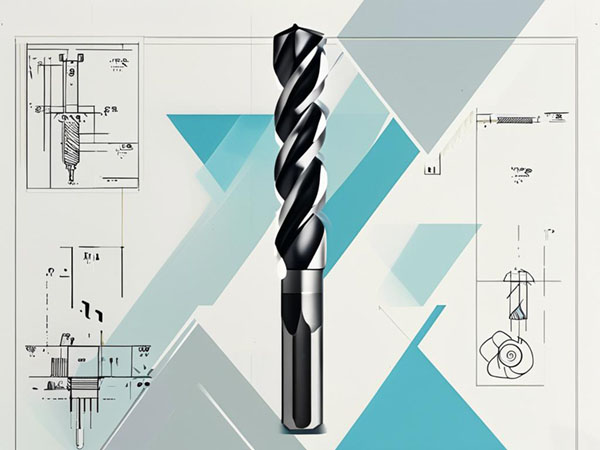
In the global metalworking industry, a commonly overlooked fact is that 60% of tool failures stem from improper slot type selection. As a tool manufacturer serving clients in 23 countries, we have discovered through over 3000 practical case studies that the cutter slot type directly affects processing yield, tool life, and operating costs—core pain points for international buyers.
The spiral grooves, straight grooves, and wavy grooves on milling cutters actually conceal three key functions:
 Example: For processing aluminum alloys, a large spiral angle groove—quickly expels soft, sticky aluminum chips.
Example: For processing aluminum alloys, a large spiral angle groove—quickly expels soft, sticky aluminum chips.
 Example: For processing stainless steel, a step groove—distributes cutting heat effectively.
Example: For processing stainless steel, a step groove—distributes cutting heat effectively.
 Example: For precision mold machining, a parabolic groove—reduces vibration and trace marks.
Example: For precision mold machining, a parabolic groove—reduces vibration and trace marks.

| Slot Type | Core Features | Typical Application | Client Case |
|---|---|---|---|
| Straight Groove | Straight grooves, simple structure | Hard steel machining (e.g., tool steels) | German automotive mold factory: 25% increase in SKD11 tool life |
| Spiral Groove | Spiral angle 30°-60°, smooth chip evacuation | General machining of aluminum alloys/stainless steel | Turkish aluminum wheel factory: 40% increase in chip efficiency |
| Large Spiral Groove | Spiral angle ≥ 45°, extremely strong chip evacuation | Sticky materials (e.g., copper/magnesium alloys) | Japanese 3C electronics client solved copper chip winding problem |
| Wavy Groove | Curved wave design, vibration and adhesion resistance | Thin-walled parts/precision machining | Swiss medical equipment factory achieved Ra0.4 surface finish |
| Slot Type | Innovative Design Point | Pain Point Solved | Measured Data |
|---|---|---|---|
| Parabolic Groove | Gradual curve for chip space | Solves heat dissipation issues for high-temperature alloys | Inconel718 machining temperature reduced by 180°C |
| Step Groove | Segment-based stress distribution | Controls intermittent cutting vibration | Tool life in Indian cast iron machining extended 3x |
| Variable Spiral Groove | Asymmetric spiral angle combination | Prevents delamination in composite materials | Carbon fiber machining yield improved from 82% to 97% |
| Damping Groove | Internal vibration-damping microstructure | Vibration suppression for older machines | Vietnamese factory reduced tool replacement frequency by 60% |
 Common Problem: Aluminum chips sticking to the tool? Try wavy grooves with a nano-coating.
Common Problem: Aluminum chips sticking to the tool? Try wavy grooves with a nano-coating.
 Reminder: When processing tool steel, step grooves last 30% longer than straight grooves.
Reminder: When processing tool steel, step grooves last 30% longer than straight grooves.
 Vietnam Client Case: Reduced vibration by 40% after slot type modification.
Vietnam Client Case: Reduced vibration by 40% after slot type modification.
 Note: European high-speed machines often require groove consistency to 0.01mm.
Note: European high-speed machines often require groove consistency to 0.01mm.
 Lesson: A U.S. client had batch tool breakages due to insufficient groove depth.
Lesson: A U.S. client had batch tool breakages due to insufficient groove depth.
The value of milling cutter slot types lies not in complex parameters but in precise adaptation. From Southeast Asian old machines to German precision production lines, from aluminum alloy mass processing to titanium alloy precision manufacturing, true competitiveness is in transforming technical language into customer profits.

 We like to do design according to all the customers' requirements, or offer them our new designs. With strong OEM/ODM capabilities, we can fill your sourcing demands.
We like to do design according to all the customers' requirements, or offer them our new designs. With strong OEM/ODM capabilities, we can fill your sourcing demands.